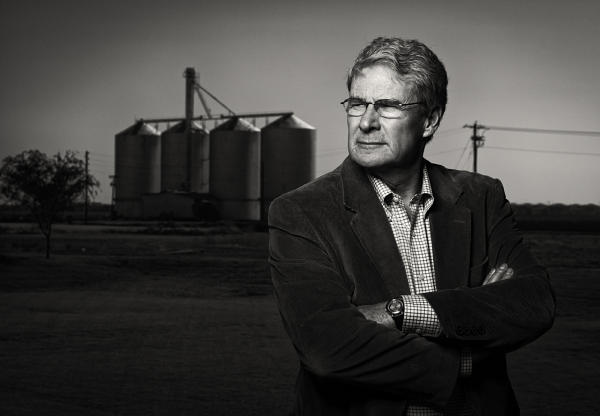Modern Agriculture is Sustainable and Means Freedom
Published
8/11/2014
By Jim Klinker, Arizona Farm Bureau: I recently attended the dinner for the 25 teachers who spent four grueling days

Chief Administrative Officer for Arizona Farm Bureau, Jim Klinker, represents a long line of Mid-west "aggies;" having grown up on a farm in the "Good Old Days," he will tell you he doesn't want to go back to them.
At this
So driving home I wonder with the dedication we have in the volunteers within our agricultural organizations and our government and university professions that are pulling together to educate teachers and the public, why is agriculture under attack over clean air and water, use of chemicals and biotechnology. Why do people think we treat our animals poorly? And why do they think “big ag” is bad?
Sixty-eight years ago, I grew up on a 240-acre farm in the rolling hills of eastern Nebraska. We finished out 200 head of cattle per year, had a 15-sow farrow to finish hog barn and
I share this history to make the point that most of the public thinks we still farm this way and our critics want to take us back to these “good old days.”
Well, I lived the “good old days” until I went to college. I would not trade that farm experience for any other. But that little farm with its terraces, waterways, ponds, antiquated fuel storage and inefficient equipment was no shining example of environmental or economic sustainability.
That farm is gone today, gobbled up by a growing west Omaha. But farms just like it all across Nebraska and the Midwest have disappeared and are now part of ‘big ag.” These large farms are family owned and operated. They own and lease thousands of acres to meet economic sustainability. They are environmentally sound. They no-till and minimum-till their fields to conserve water, reduce run-off, soil
Yes, my brothers and I still like to think of ourselves as farmers even though today we are just farm
Editor’s Note: Jim Klinker is Executive Secretary and Chief Administrative Officer for Arizona Farm Bureau.